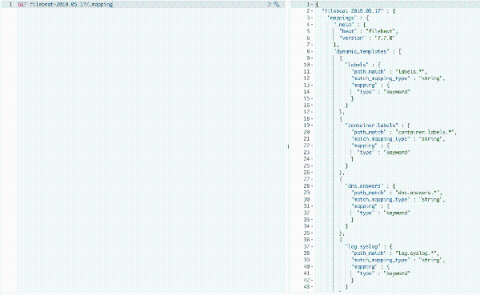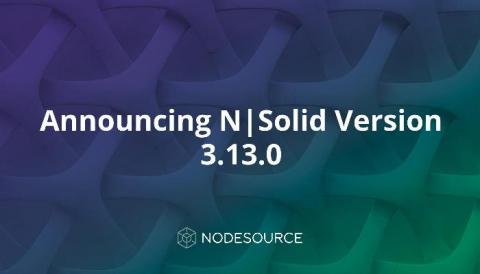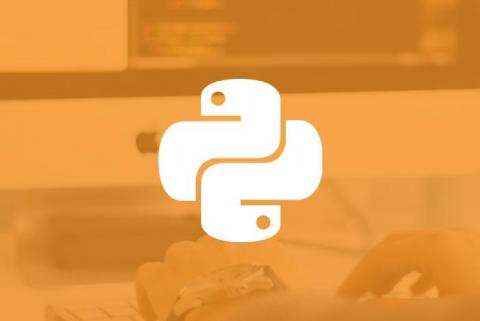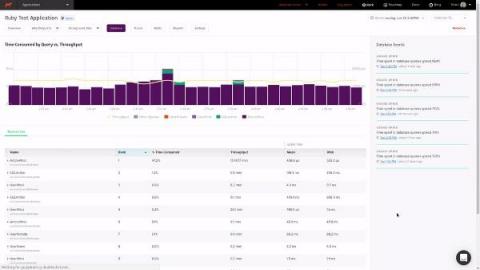Systems | Development | Analytics | API | Testing
July 2020
Community Roundup: July 18 - 31
Welcome to another one of our Community Roundups, folks! Looks like summer really kicked in with all the heat, so we thought we’d bring you some refreshments in the form of some tweets and articles. Let’s see what we have this time!
Five Ways to Improve Developer Velocity
Hans Ulrich Obrist once said that “everything I do is somehow connected to velocity”. We couldn’t agree more. As is in most companies, there’s always something affecting your team’s velocity, whether that’s a new work from home routine, a change in budget, or a variety of other reasons. So many influences are out of your control- how do you make sure that your devs are working at optimal velocity?
The State of Elixir HTTP Clients
In today’s post, we’ll look at two Elixir HTTP client libraries: Mint and Finch. Finch is built on top of Mint. We’ll see the benefits offered by this abstraction layer. We’ll also talk about some of the existing HTTP client libraries in the ecosystem and discuss some of the things that make Mint and Finch different. Finally, we’ll put together a quick project that makes use of Finch to put all of our learning into action. Let’s jump right in!
A Dev Manager's Guide to Smooth Transitions and Handoffs
As they say in the sports world, “instinctively knowing when to run forward, when to ease back, and when to let someone else take over...these are the marks of a great team and a great team player”. Here, in the tech world, we couldn’t agree more.
Building a multiplayer Flappy bird game over scalable WebSockets using Ably
Node.js Resiliency Concepts: The Circuit Breaker
In 2009 Node.js opened up a door for front-end developers to dip their toes into the world of servers without having to leave the comfort of their language. It’s almost effortless to get started with Node. You can basically copy-paste an entire HTTP server into existence and then install an ODM and you’ve got your CRUD app ready to roll! However, if we’ve learned anything from the amazing Spider-Man, it’s that with great power, comes great responsibility.
How Do I View My Elasticsearch Mappings?
There are two ways you can view the current mappings on your Logit ELK Stacks. One way is to use dev tools in Kibana. You can access Kibana from any of your dashboards by choosing from your dashboard Stack settings > Access Kibana. You can also search for a specific mapping of an Index name. For example if we wanted to see the mappings for the a Filebeat index name we can run the following to return only the desired mappings.
Introducing our new Java Spring Error Monitoring SDK
We’re excited to announce that we’ve strengthened our solution for Java Spring. Spring developers can now integrate Rollbar into their Java Spring Boot and Spring Web MVC applications even more quickly and easily. With our new SDK, instrumentation and getting real-time actionable error alerts takes just a few minutes. Spring has consistently been one of the most popular Java frameworks and we want to make sure we’re consistently offering the best possible solution for it.
Community Roundup: July 4 - 17
Welcome back to another one of our Community Roundups, folks! Summer is halfway gone, but we hope you’re having a great time nonetheless. Let’s take a look at what’s been going on in the community!
Mobile App Distribution Made Easy - Introducing Applivery Integrations
Cheers to the newest addition to the Bitrise Step Library — meet Applivery , a powerful enterprise mobile device management system that enables full control over your Mobile Apps. Combined with Bitrise, you can cover the entire development life cycle, from testing and building to delivery and feedback.
A Window of Opportunity: How windowing saved our data table
The modern age of web development that includes modularized, encapsulated web components, has brought us a plethora of tools, technologies, frameworks, and libraries of all varieties. With every such tool that is created to simplify our lives as developers in the long run, there's also a catch we sometimes neglect to consider: the cost of maintenance and performance.
How to transfer ownership of a Bitrise app
Top Seven E-commerce Platforms in 2020
The introduction of e-commerce stores has made life so easy for the people. It does not make a difference if you are the consumer or a seller. For a seller, it provides the opportunity to express the worth of their brand and product(s). For a consumer, it gives them an all in one platform, where they can shop for multiple categories. With this, the most significant ease for both parties is to opt for e-commerce business is that you can do all this without taking a step out of their house.
How to Create a Python Stack
All programming languages provide efficient data structures that allow you to logically or mathematically organize and model your data. Most of us are familiar with simpler data structures like lists (or arrays) and dictionaries (or associative arrays), but these basic array-based data structures act more as generic solutions to your programming needs and aren’t really optimized for performance on custom implementations. There’s much more than programming languages bring to the table.
A pivotal paradox: 6 lessons learned managing a fully remote team
A mere few months ago the majority of the world was forced to change drastically, including the move into a ‘fully remote’ mode of office work. As reality was bearing down upon us, tech managers and CEOs everywhere were huddled together trying to figure out how to not only make it work, but work well.
Announcing N|Solid Version 3.13.0
We are excited to announce NSolid 3.13.0, which introduces several improvements to the complexity of N|Solid’s Heap Snapshot featuråe, along with a rebase on the latest Node.js Erbium v12.18.1 and Node.js Erbium v12.18.2.
Community Roundup: June 16 - July 3
Summer’s here, folks! If the heat has gotten a bit on your nerves as of late, don’t worry — we’ve got you covered with some cool mentions to make things a bit more bearable. Let’s check them out!
How to Create an npm Package Ready to Distribute From Scratch
Node Package Manager, or npm (usually written in lower case) is one of the most commonly used package managers in JavaScript projects. It is built on top of Node and is so powerful that nearly everybody is using it.
The Most Popular Python Web Frameworks in 2020
Web frameworks are powerful tools. They abstract the common aspects of building web sites and APIs and allow us to build richer, more stable applications with less effort. A broad range of web frameworks is available to us in Python. Some are proven favorites with large ecosystems and communities. Others excel in niche use cases or for specific kinds of development. Still, others are up-and-comers with compelling new reasons to be considered.
Updates from Bugfender Q2, 2020
Welcome to the Bugfender summer newsletter! As we already announced, we achieved a major milestone recently by releasing the Web SDK, bringing the features you love using to a whole new platform. But as always we want to keep pushing to give you a better product, and we’ve introduced recently some more updates we want to share with you: We hope you find all these updates useful!
A Deep Dive Into V8
A majority of front-end developers deal with this buzzword all the time: V8. A big part of its popularity is due to the fact that it led JavaScript to a new level of performance. Yes, V8 is very fast. But, how does it perform its magic and why is it so responsive? The official docs state that “V8 is Google’s open source high-performance JavaScript and WebAssembly engine, written in C++. It is used in Chrome and Node.js, among others”.
How to level up your team's skill set with John Sundell
In the third episode of our podcast, Mobile DevOps is a thing! , we talk to John Sundell. Join us as we discuss how mobile teams can level up their skills and benefit from test automation and continuous delivery.
Video: Database Optimization
Most modern web applications are heavily reliant on persisting data with relational databases, and so it’s no surprise that a large part of application performance monitoring relates to keeping an eye on database performance to ensure that our SQL queries are as efficient as possible. With this in mind, Scout features a Database Addon module, and in this video we are going to take a closer look at what it has to offer.
























